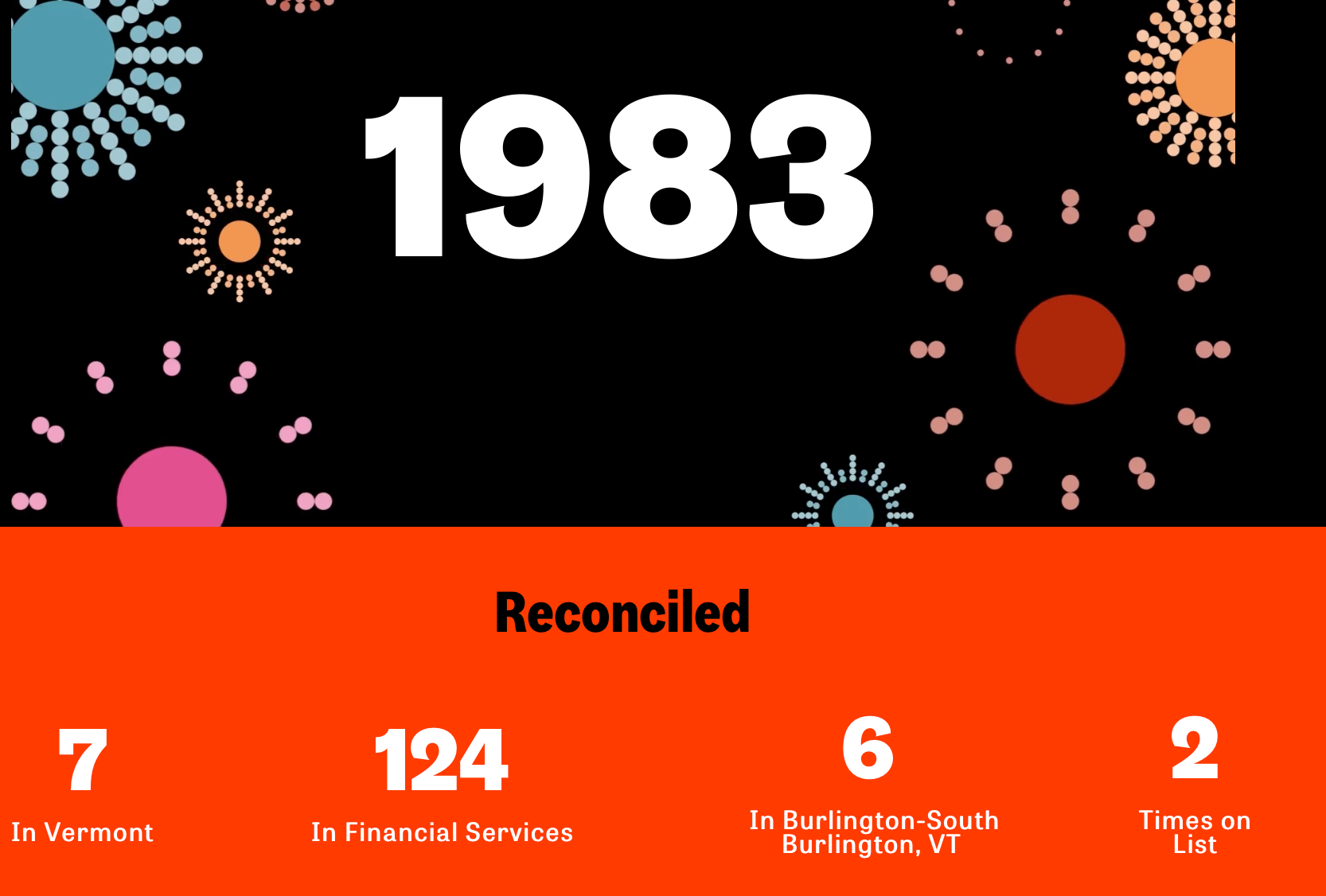This guest blog was written by Eric Hart of NPI Technology Management . Our companies share the view that outsourcing business functions to experts yield both financial and operational benefits.
Technology budgeting helps businesses allocate resources for important goals and initiatives.
Without technology budgeting, IT managers are forced to request and justify every IT expenditure as it arises. This adds to the process overhead.
A well-crafted budget relies on a multi-year technology roadmap. The roadmap details new initiatives and ongoing spending on a quarter-by-quarter basis for the current and coming years. Also, it sketches in future years with estimates of “large rock” initiatives and costs. Technology budgeting tells a story that maps back to the overall business strategy. It does this by using a holistic view of IT activities. A budget that properly aligns scarce resources with strategic vision reduces pushback, eliminates crisis-to-crisis decision making, and supports growth.
“Plans are nothing, planning is everything.”
Dwight Eisenhower
The roadmap is adjusted and tweaked regularly (quarterly for most businesses) in brief discussions that reflect business opportunities, challenges, forecasts, and conditions. This agile quarterly tuning process makes the end-of-year budget creation a simple exercise and drives funds into the most productive areas. It assures that expenditures fit into an overall plan, eliminating waste and overlap while achieving long-range business goals.
Budgets address three categories of technology spending
- Support for operations. This includes ongoing Operating Expenses (OPEX) such as subscriptions, maintenance, and support for hardware and software, as well as any third-party support agreements. It also includes one-time Capital Expenses (CAPEX) for projects such as end-of-life equipment and software replacement. These expenditures keep systems running smoothly and productively by properly performing the functions they perform today. Modernization keeps a business functional and effective.
- Support for growth. This includes incremental Operating Expenses related to the addition of, for example, more users and/or locations, as well as the Capital Expenses (additional workstations, network equipment, and licensing) for the related projects.
- Support for innovation and business opportunities. This is the most important budget category, in terms of business strategy. It is often overlooked by IT managers. This part of the budget supports new applications that will make the workflow leaner, faster, and more productive, and that opens up new market opportunities.
Important Technology Budget Considerations
- Support Agreements and Replacements. Businesses need the safety of manufacturer support agreements. Track support expiration dates carefully and renews them through the expected life of the equipment. All technology has a lifecycle which means IT budgets must track replacement timing using “rules of thumb” such as 5 years for PCs and servers. The goal is to replace devices before their end-of-life to avoid lost productivity, higher support costs, and higher risks of an outage. Also, review and eliminate spending on unused or unneeded software licenses or devices.
- Purchases. Purchases of new IT equipment and software, when standardized, simplifies support from both a product and knowledge perspective. Setting standards make budgeting more predictable.
- Business Case Justification. The IT budgeting process should include the development of a business case for new purchases or system upgrades. Especially for new initiatives that support innovation and business opportunities. Also, a rough calculation of the expected Return on Investment (ROI) helps boards and key decision-makers see the value of the technology purchase; it also increases the IT Department’s accountability for the successful implementation.
The Simple 4-Step Technology Budgeting Process
- Prioritize. Decide what is most critical in each of the three categories of technology spending. Do you have products and services that need upgrading urgently? This could be a server that is on its last legs, or software that is no longer supported. Do you anticipate growth? How will you support it? What are the top business goals for the next five years? What technology is needed to achieve those goals?
- Mitigate Risk . Consider the greater costs at stake, such as the loss of data if the server dies, or the results of a security breach if the software no longer receives security updates. Make sure your budget addresses risk appropriately.
- Train. When implementing new or upgraded systems, invest time and money in planning out new workflows with user input, and in training users. Successful projects depend on training to achieve the targeted ROI.
- Support & Maintain . Budget for adequate support that will address the inevitable issues that arise, especially when implementing new systems. Include third-party service support as needed to reduce cost and to ensure consistent service and response times.
Keeping the budget process simple, dynamic, and agile results in better outcomes. Using an uncomplicated yet disciplined process will align strategy with business while minimizing risk.
About NPI Technology Management
NPI Technology Management provides technology services linking financial goals to technology performance. We help clients to plan, build, run and manage technology through excellence in communications, application performance, user experience, mobility, Cloud, and security.
Eric Hart is CEO of NPI and works with business leaders throughout the Northeast with their technology planning and execution. He is a thought leader for a variety of cutting-edge technology subjects and writes frequently for the NPI blog .
The post Avoid Surprises with Agile Technology Budgeting appeared first on Reconciled.
Recent Posts







